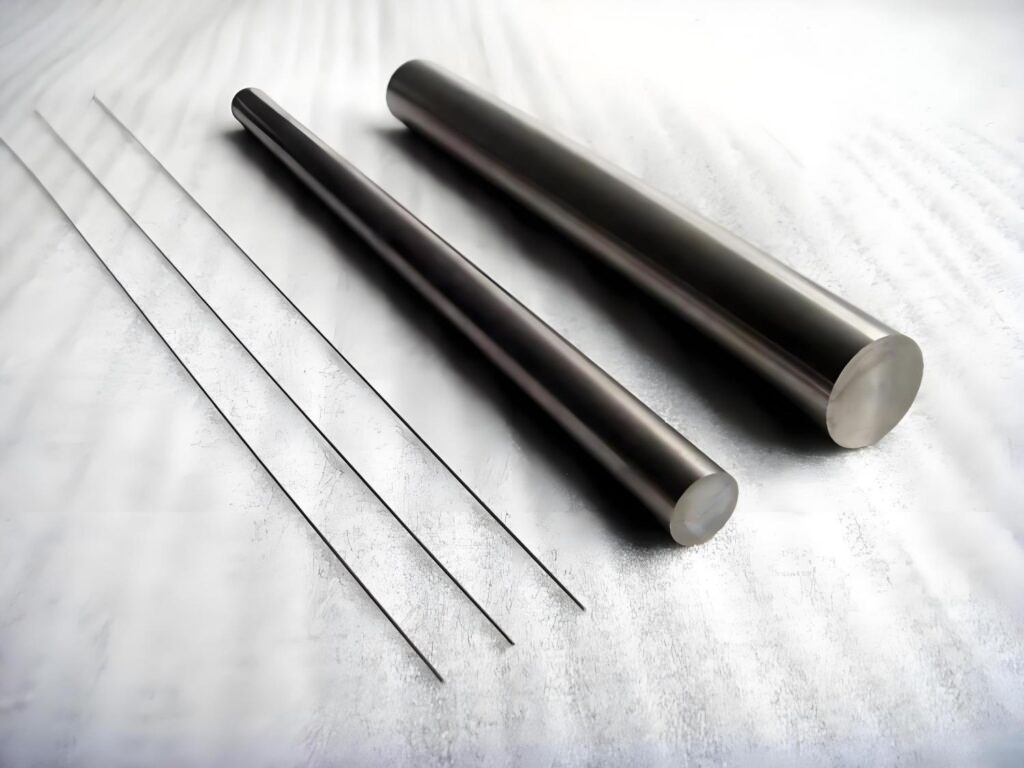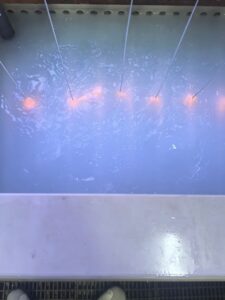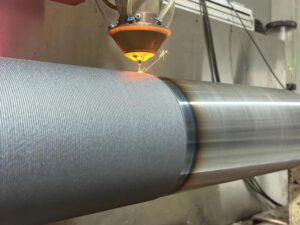Tungsten, a metal renowned for its strength and versatility, is a cornerstone in industries like machining, aerospace, and electronics. Often called wolfram, this remarkable element stands out for its durability and ability to withstand extreme conditions. This blog dives into what makes tungsten special, exploring its composition, properties, and applications, with a focus on its role in precision machining. Whether you’re curious about tungsten’s industrial significance or its practical uses, this guide offers a comprehensive look at this extraordinary material.
What Is Tungsten?
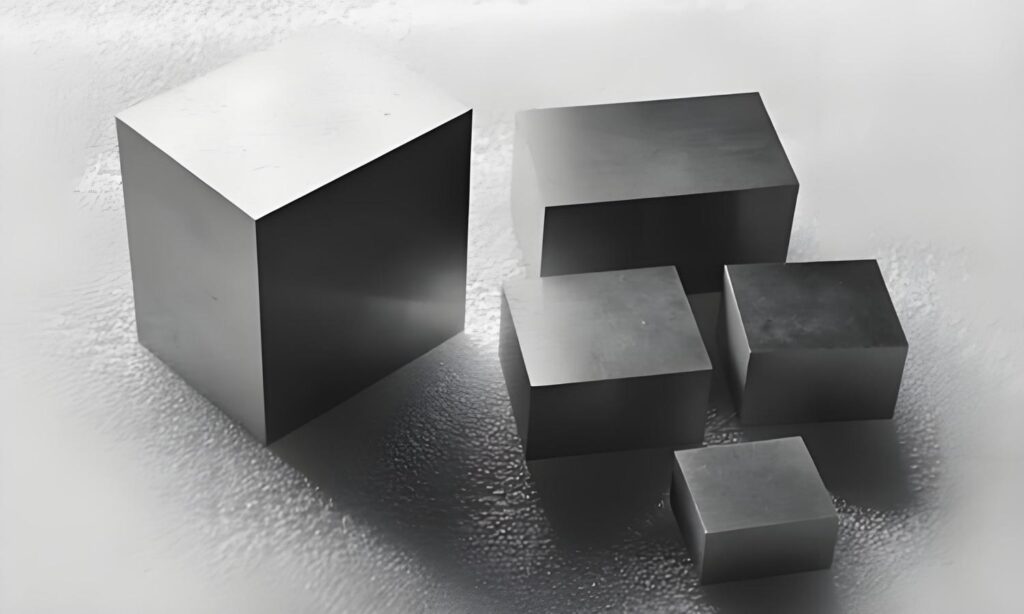
Tungsten, symbolized as W with atomic number 74, is a naturally occurring metal known for its exceptional density and strength. Derived from the Swedish term “tung sten” (heavy stone), it was first isolated in 1783 by Spanish scientists Juan José and Fausto Elhuyar from wolframite ore. Tungsten’s rarity and robust characteristics make it a valuable asset in manufacturing, particularly for applications requiring precision and resilience.
Found in minerals like scheelite and wolframite, tungsten is extracted through complex processes to produce a pure form used in various industries. Its unique qualities, such as a high melting point and hardness, position it as a go-to material for demanding environments.
What Is Tungsten Made Of?
As an elemental metal, tungsten is not composed of other substances but exists as a single element on the periodic table. In nature, it’s found in ores combined with minerals like calcium or iron. Extracting pure tungsten involves crushing these ores, followed by chemical processing and high-temperature reduction to yield tungsten powder. This powder is then sintered into solid forms like rods, wires, or sheets.
For enhanced performance, tungsten is often alloyed with carbon to create tungsten carbide, a compound celebrated for its extreme hardness. Tungsten alloys, including those with nickel or cobalt, offer improved ductility, making them easier to machine while retaining strength. These compounds expand tungsten’s utility in precision manufacturing and other fields.
Properties of Tungsten
The popularity of tungsten in industrial sectors is directly linked to its remarkable physical and mechanical properties.
Physical Properties
- Density: Tungsten has a density of 19.3 g/cm³, nearly identical to gold.
- Melting Point: It boasts the highest melting point of all metals at 3,422 °C.
- Appearance: Tungsten has a silver-gray metallic sheen.
- Thermal Conductivity: It efficiently transfers heat, ideal for high-temperature environments.
Mechanical Properties
- Strength: Tungsten is incredibly strong, resisting deformation under stress.
- Hardness: It ranks among the hardest metals, rivaled only by alloys like tungsten carbide.
- Elasticity: Its high modulus of elasticity provides exceptional stability.
- Conductivity: Tungsten is a good conductor of electricity and heat, maintaining performance even under extreme conditions.
What Are the Types of Tungsten?
Tungsten is rarely used in its pure form for industrial applications. Instead, it is often alloyed or processed into various forms to suit specific needs. Some common types of tungsten include:
- Pure Tungsten: Used in applications like electrical contacts and filaments due to its high purity and conductivity.
- Tungsten Carbide: A compound of tungsten and carbon, known for its extreme hardness and used in cutting tools and wear-resistant coatings.
- Tungsten Alloys: Combinations with metals like nickel, iron, or copper to enhance ductility and machinability. Common alloys include tungsten-nickel-iron and tungsten-copper.
- Tungsten Heavy Alloys: These are dense materials used in applications like radiation shielding and counterweights.
Each type is tailored to specific industries, with tungsten carbide being particularly popular in machining due to its durability and precision.
What Is Tungsten Used For?
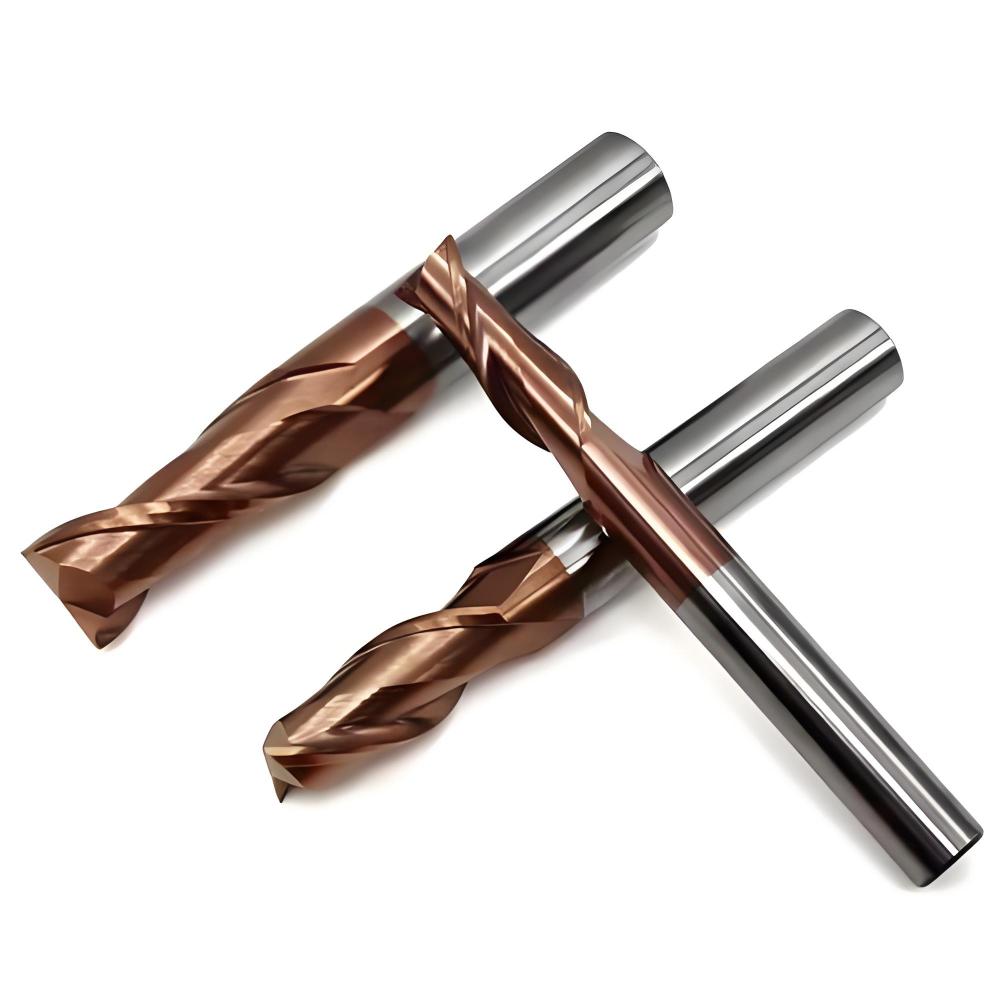
Tungsten’s unique properties enable its use across diverse industries. Its ability to perform under extreme conditions makes it a versatile material. Key applications include:
- Electronics: Tungsten’s conductivity and stability make it ideal for electrical contacts, circuit boards, and semiconductor production.
- Aerospace: Tungsten alloys are used in turbine blades and rocket nozzles due to their heat resistance and density.
- Medical Equipment: Tungsten’s density is perfect for radiation shielding in X-ray and CT machines.
- Jewelry: Tungsten carbide’s scratch resistance and polished finish make it popular for rings and accessories.
- Industrial Tools: Tungsten carbide cutting tools dominate machining due to their durability and precision.
These uses highlight why tungsten is a critical material in modern technology and manufacturing.
Advantages and Disadvantages of Tungsten
Tungsten’s strengths and limitations influence its use in various applications. Understanding these helps industries optimize its potential.
Advantages of Tungsten
- Unmatched Durability: Tungsten carbide’s hardness ensures long-lasting tools and components.
- Heat Resistance: Its high melting point suits high-temperature environments.
- Corrosion Resistance: Tungsten withstands chemical degradation, ideal for harsh conditions.
- Versatility: From machining to jewelry, tungsten’s applications are vast.
Disadvantages of Tungsten
- Brittleness: Pure tungsten’s brittleness complicates machining processes.
- Costly Processing: Extracting and refining tungsten is resource-intensive, increasing costs.
- Heavy Weight: Its high density can be a drawback for lightweight applications.
Balancing these factors allows manufacturers to leverage tungsten effectively.
Applications of Tungsten in Machining
In precision machining, tungsten, particularly tungsten carbide, is a game-changer. Its hardness and wear resistance make it ideal for crafting tools that cut through tough materials like steel, titanium, and composites.
Tungsten Carbide in Cutting Tools
Tungsten carbide drill bits, milling cutters, and lathe tools excel in high-speed machining, maintaining sharp edges even under intense heat. This durability extends tool life, reducing downtime and costs in industries like automotive and aerospace. For example, tungsten carbide bits are essential for creating precise components in engine manufacturing.
Challenges of Machining Tungsten
Machining tungsten itself requires specialized techniques due to its hardness and brittleness. Tools like diamond-coated cutters or electrical discharge machining (EDM) are often employed to shape tungsten accurately. Despite these challenges, the resulting components offer unmatched strength, making tungsten a worthwhile investment for high-precision applications.
Partner with Precionn for Precision Tungsten Machining
For industries seeking to harness tungsten’s exceptional properties, partnering with a machining expert is key. Precionn, a leader in the machining industry, specializes in crafting high-precision components from materials like tungsten and tungsten carbide. With advanced technology and a commitment to excellence, Precionn delivers tailored solutions for international clients in aerospace, automotive, and beyond. Visit their website to discover how Precionn can elevate your tungsten-based projects with unmatched precision and quality.
FAQ: Common Questions About Tungsten
Tungsten, especially as tungsten carbide, is incredibly strong, with a tensile strength exceeding 1,500 MPa. This makes it ideal for heavy-duty machining and industrial applications.
Yes, tungsten’s density of 19.25 g/cm³ makes it one of the heaviest metals, comparable to gold. This property suits applications like counterweights but may limit its use in lightweight designs.
Pure tungsten has a silver-gray, metallic sheen. Tungsten carbide appears darker, often with a gunmetal hue, and can be polished for a sleek finish in jewelry or tools.
Tungsten is a moderate electrical conductor, less efficient than copper but sufficient for applications like electrical contacts and circuits, thanks to its heat resistance.
A tungsten carbide bit is a cutting tool made from a tungsten-carbon compound, valued for its hardness and ability to cut through tough materials like metal or stone in machining processes.

